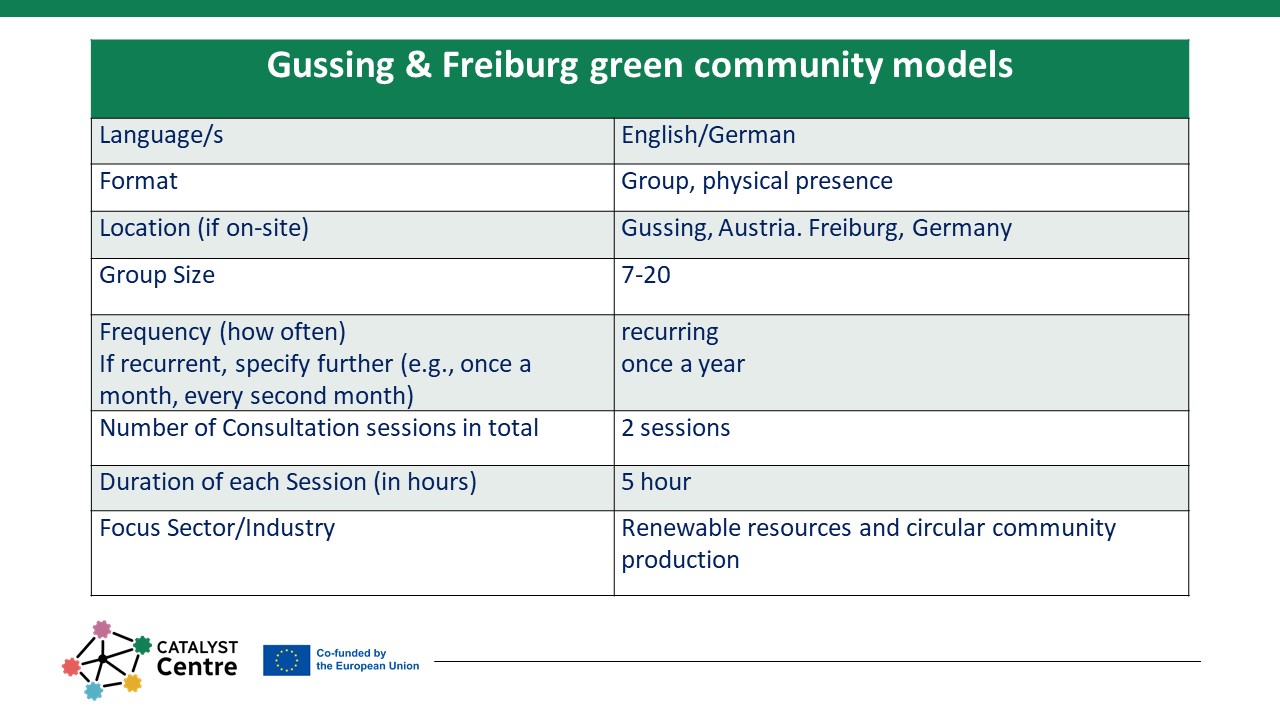Two remarkable examples of sustainable energy models are found in Freiburg, Germany, and Güssing, Austria. These communities have developed high-level models of green economy and energy independence, tailored to their urban and rural environments, respectively.
In Freiburg, a city renowned for its green urban development, the emphasis is on integrating renewable energy into urban infrastructure. Solar panels, energy-efficient buildings, and sustainable transportation systems have been incorporated into daily city life. Freiburg’s urban model highlights the role of public policy and community engagement in promoting renewable energy usage and reducing carbon footprints.
In contrast, Güssing, a small rural town, has achieved energy independence through the use of biomass, solar, and wind energy. By leveraging locally available renewable resources, Güssing has not only addressed its energy needs but also generated additional income for the community. Investments in green energy projects have become a significant part of the town’s economy, contributing to local job creation and sustainable development.
Both Freiburg and Güssing offer valuable insights into how different environments—urban and rural—can adopt customized approaches to sustainability. These case studies demonstrate that green energy communities can create lasting change by networking with sustainable partners, optimizing resource use, and making thoughtful investments in renewable energy. Visitors to these communities often leave inspired, armed with ideas for adapting similar practices to suit their unique contexts.
By exploring these successful examples, it becomes clear that integrating renewable energy and sustainable business models can lead to profound environmental, social, and economic benefits, regardless of the specific challenges of urban or rural settings.



